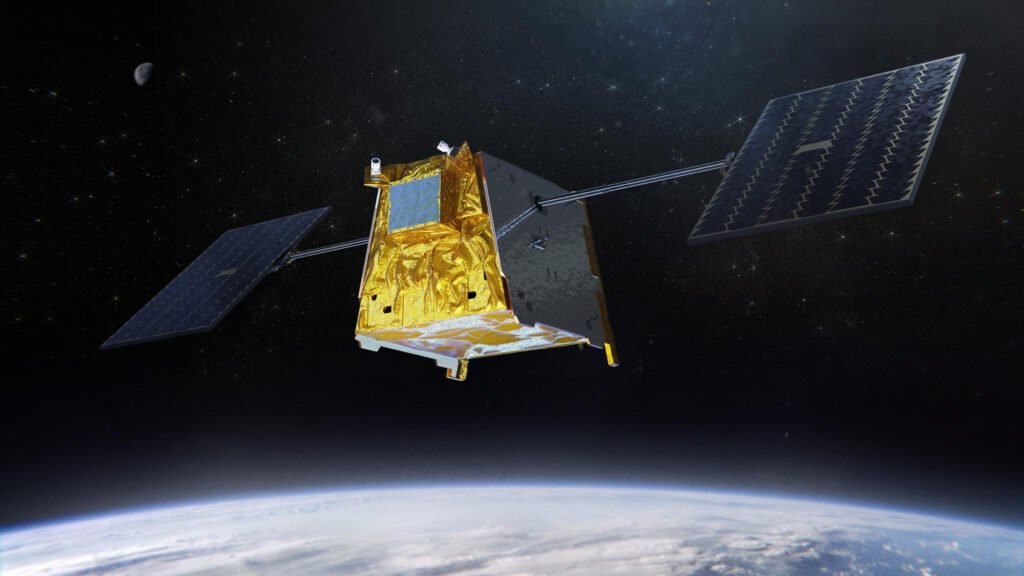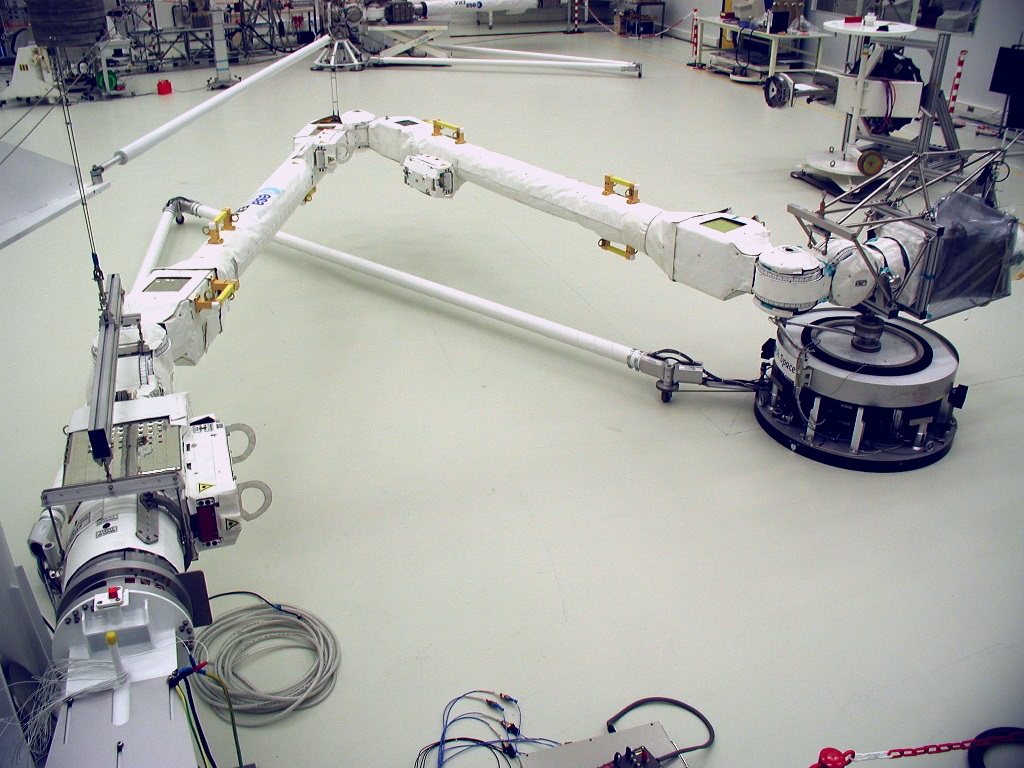Loft Orbital Signs Agreement to Procure Over 15 Airbus Arrow Satellite Platforms
Airbus (OTC: EADSY) has been contracted to supply space start-up Loft Orbital with more than fifteen satellite platforms derived from the Airbus Arrow platform. Arrow is the foundational satellite platform of the OneWeb constellation. There…

